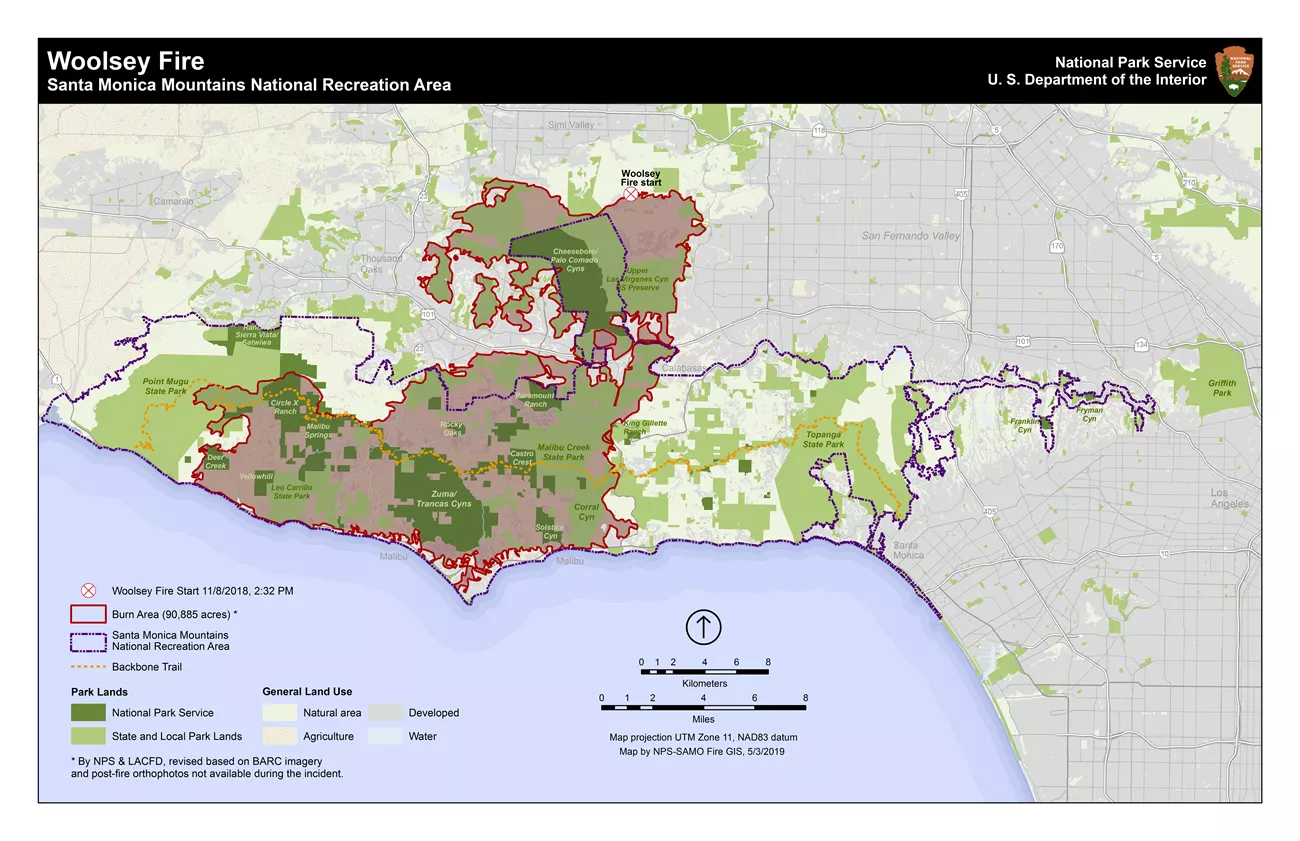
National Park Service 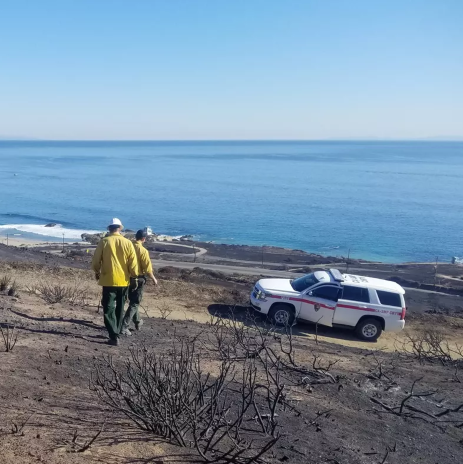
National Park Service The destructive Woolsey Fire started on Nov. 8, 2018, near the Santa Susana Field Laboratory above Simi Valley, near the boundary between Los Angeles and Ventura counties. Santa Ana winds pushed the fire in a southerly direction the first day. It then crossed the 101 Freeway between the San Fernando Valley and the Conejo Valley and headed into the Santa Monica Mountains. Fire Ecology and Wildlife in the Santa Monica Mountains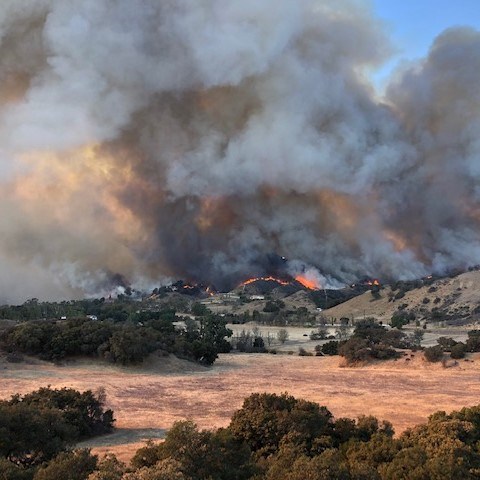
National Park Service Though fire is a natural part of the ecosystem, too much fire can harm plant communities, reduce wildlife habitat, and actually increase future fire risk. Historically, scientists believe that coastal Southern California only had a fire every 100 years or so. Current fires (more than every 20 years) are not natural. The Chumash Fire Department Helped Protect Cultural Sites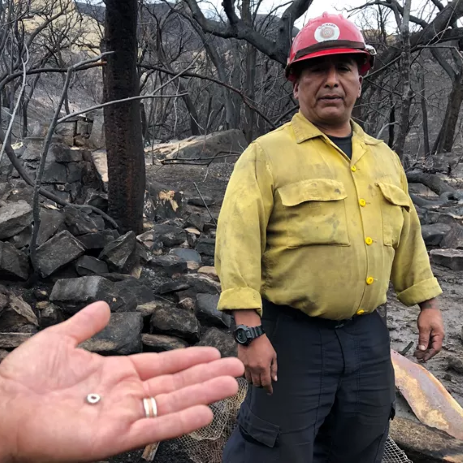
National Park Service The Chumash Fire Department, based out of the Santa Ynez Reservation and a division of the tribal government that is devoted to fire, emergency medical and disaster preparedness services, was ordered up as a Suppression and Cultural Specialist Resource during the fire. The Burned Area Emergency Response (BAER) Team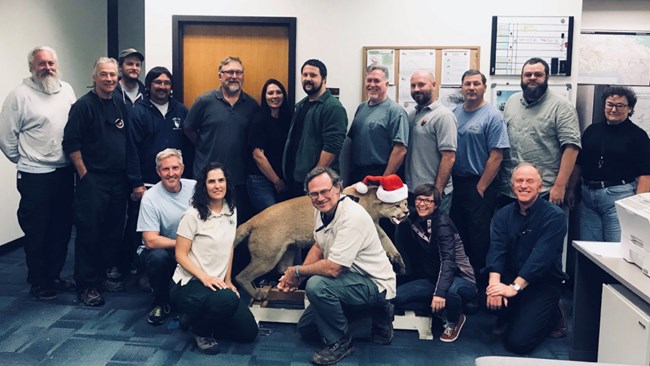
National Park Service A Burned Area Emergency Response Team is called upon when catastrophic wildfires pose a post-fire threat to human life and property and cultural and natural resources. The Woolsey BAER Team compiled an emergency assessment based upon information from field reconnaissance, satellite imagery, spatial models, relevant literature, management plans, GIS databases, and discussions with stakeholders. Findings from the assessment helped determine whether emergency actions were needed on federal land and identified stabilization treatments to feasibly mitigate post-fire threats to values located within or downstream from the burned area. Efforts to Rebuild and RecoverAfter the Woolsey Fire, the park received a congressional appropriation for disaster recovery and started a public planning process immediately. The news releases below chart the recovery, including preparing the environmetal assessment that was finalized in July 2022. |
Last updated: March 3, 2023
